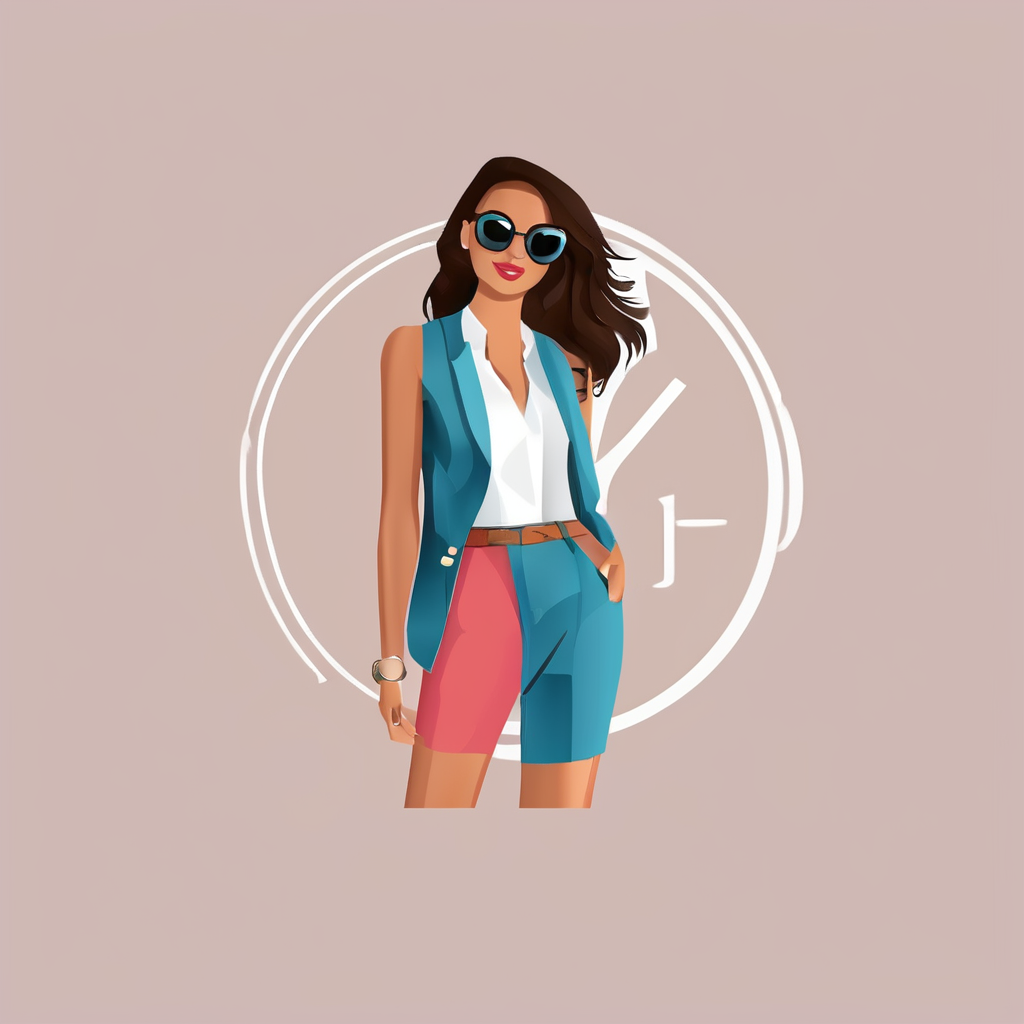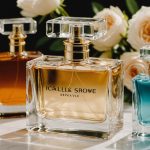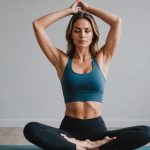Unlock the Power of Color Psychology: Transform Your Mood Through Smart Wardrobe Choices!
Understanding Color Psychology
Color psychology is a fascinating field that explores how different colors influence our emotions, behaviors, and moods. This concept is not new; it has been studied and applied in various aspects of life, from art and photography to interior design and fashion.
When it comes to your wardrobe, the colors you choose can significantly impact your mood and how others perceive you. For instance, “colors like red, which symbolize passion and power, can make you feel more confident and energetic,” notes a photography expert[2].
In the same genre : Selecting the Perfect Eye Cream: A Guide to Targeting Your Unique Skin Concerns
Here’s a detailed look at how different colors can affect your mood:
The Emotional Impact of Colors
- Red: Associated with passion, energy, and strength, red can boost your confidence and make you feel more vibrant. It’s perfect for making a bold statement or for days when you need an extra kick of energy.
- Blue: Known for its calming effects, blue can make you feel serene and tranquil. It’s ideal for workdays or any occasion where you need to stay calm and focused.
- Green: Green is linked to feelings of balance and harmony. It can help you feel more relaxed and composed, making it a great choice for everyday wear.
- Yellow: Yellow is often associated with happiness and optimism. Wearing yellow can brighten up your mood and make you feel more cheerful.
- Black: Black is a versatile color that can make you feel sleek and sophisticated. It’s also associated with feelings of power and elegance.
- White: White symbolizes purity and innocence. It can make you feel clean and fresh, and is often chosen for its simplicity and elegance.
Creating a Color Palette for Your Wardrobe
To transform your mood through your wardrobe, it’s essential to create a color palette that aligns with your personal style and the emotions you want to evoke.
Also to see : Selecting the Perfect Perfume: A Guide to Fragrance for Every Occasion
Steps to Create Your Color Palette
- Identify Your Personal Colors:
- Start by identifying the colors that make you feel good. Consider your skin tone, hair color, and personal preferences.
- For example, if you have a cool skin tone, colors like blue and green might complement you well. If you have a warm skin tone, colors like orange and yellow might be more flattering[2].
- Consider the Occasion:
- Different occasions call for different colors. For a formal event, you might opt for more subdued colors like black, white, or navy blue. For a casual day out, brighter colors like red or yellow could be more appropriate.
- Balance Your Colors:
- A balanced color palette includes a mix of neutral and bold colors. Neutral colors like black, white, and gray provide a foundation, while bold colors like red or orange can add a pop of color to your outfit.
Here’s an example of how you can create a balanced color palette:
| Color | Emotional Impact | Occasion |
|---|---|---|
| Black | Power, elegance | Formal events, workdays |
| White | Purity, freshness | Casual wear, summer outfits |
| Red | Passion, energy | Bold statements, evening wear |
| Blue | Calmness, serenity | Workdays, formal events |
| Green | Balance, harmony | Everyday wear, outdoor activities |
| Yellow | Happiness, optimism | Casual wear, sunny days |
| Orange | Warmth, conviviality | Social gatherings, casual wear |
How Colors Interact with Each Other
Understanding how colors interact is crucial for creating a cohesive and effective color palette.
Color Theory Basics
- Complementary Colors: Colors that are opposite each other on the color wheel, like blue and orange, create a strong contrast and can make each other appear brighter.
- Analogous Colors: Colors that are next to each other on the color wheel, like blue, green, and yellow, create a harmonious and smooth transition.
- Warm and Cool Colors: Warm colors like red, orange, and yellow tend to evoke feelings of warmth and energy. Cool colors like blue, green, and purple are calming and soothing[2].
Here are some tips on how to use color theory in your wardrobe:
- Use Complementary Colors for Contrast: Pairing complementary colors can add a dynamic touch to your outfit. For example, wearing a blue shirt with orange accessories can create a striking look.
- Choose Analogous Colors for Harmony: Wearing analogous colors can create a cohesive and harmonious look. For instance, pairing different shades of blue and green can make your outfit look well-coordinated.
- Balance Warm and Cool Colors: Mixing warm and cool colors can add depth to your outfit. For example, pairing a red top with blue jeans can create a balanced and stylish look.
Practical Tips for Incorporating Color Psychology into Your Wardrobe
Here are some practical tips to help you incorporate color psychology into your daily fashion choices:
Start with Small Changes
- Begin by introducing one or two new colors into your wardrobe each month. This will help you get used to the new colors and see how they make you feel.
- Experiment with different shades and tones to find what works best for you.
Use Accessories to Add a Pop of Color
- Accessories like scarves, hats, and jewelry can add a pop of color to your outfit without committing to a full-colored garment.
- For example, adding a red scarf to a neutral outfit can instantly boost your mood and energy.
Consider the 60-30-10 Rule
- Divide your outfit into 60% neutral colors, 30% secondary colors, and 10% bold colors. This rule helps maintain balance and ensures that your outfit doesn’t feel overwhelming.
- For instance, if you’re wearing a black dress (60%), you could add a green jacket (30%) and red shoes (10%) for a balanced and stylish look.
Real-Life Examples and Anecdotes
Let’s look at some real-life examples of how color psychology can impact your mood and style:
A Day in the Life with Color Psychology
Imagine you have a big presentation at work and you want to feel confident and energetic. Here’s how you could use color psychology to your advantage:
- Morning: Start with a yellow shirt to boost your mood and energy.
- Work: Wear a blue suit to feel calm and professional.
- Evening: Change into a red dress for a night out to feel passionate and vibrant.
Personal Stories
Sarah, a marketing executive, shared her experience with color psychology: “I used to wear a lot of black and gray because I thought it was professional, but I always felt dull and unenergetic. One day, I decided to try wearing more colors. I started with a yellow blouse and immediately felt a boost in my mood. Now, I incorporate different colors into my wardrobe based on how I want to feel that day.”
Color psychology is a powerful tool that can transform your mood and style. By understanding the emotional impact of different colors and applying color theory principles, you can make smart wardrobe choices that enhance your daily life.
Remember, it’s all about balance and personal preference. Experiment with different colors, find what works best for you, and watch how your mood and confidence can change with every outfit.
As the renowned artist and designer, Josef Albers, once said, “Color is a means of exerting a direct influence on the soul. Color is the keyboard, the eyes are the hammer, the soul is the piano with many strings. The artist is the hand which plays, touching one key or another, to cause vibrations in the soul.”
So, the next time you’re getting dressed, think about the colors you’re choosing and how they can make you feel. Your wardrobe is more than just clothes; it’s a tool to transform your mood and your life.











